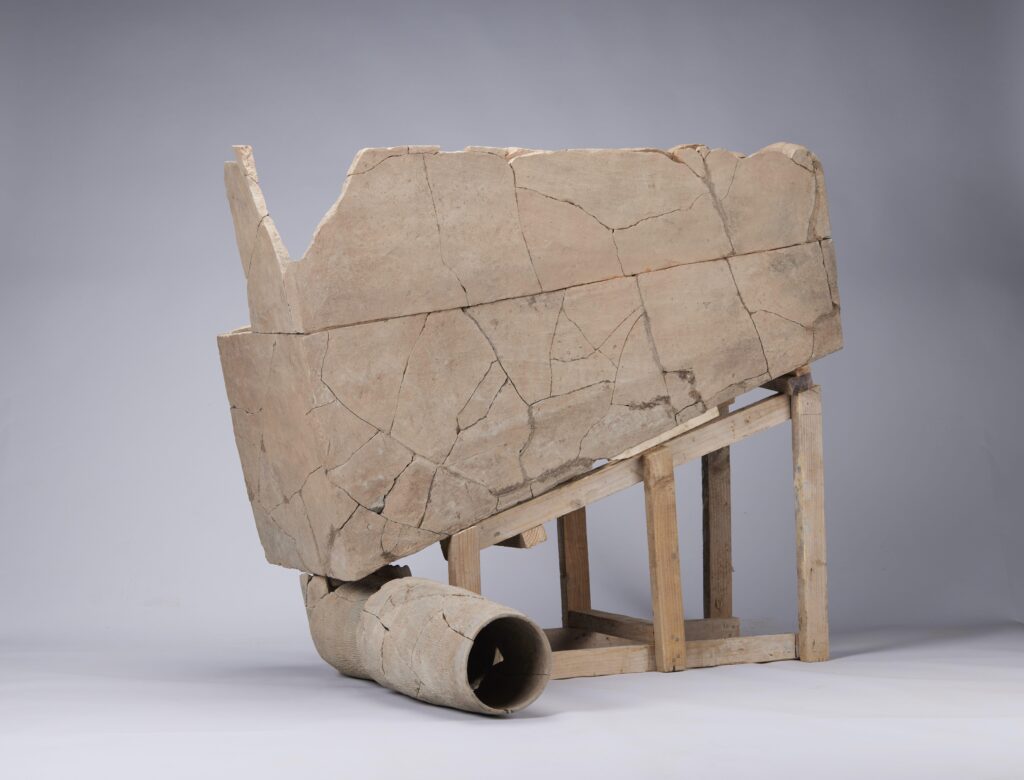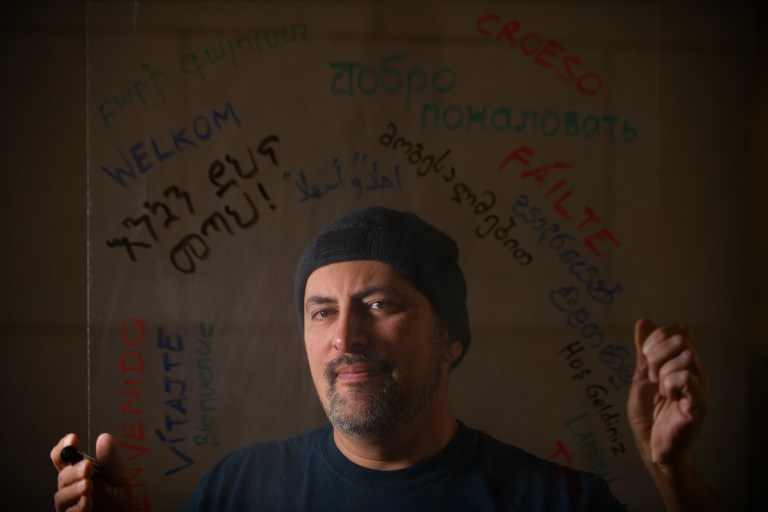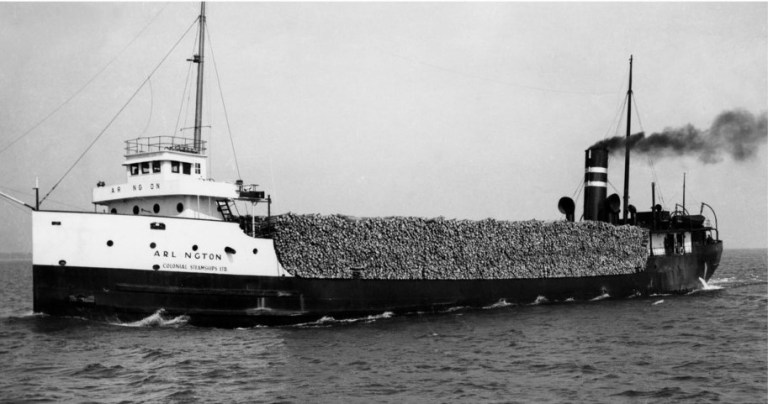When contemplating the greatest convenience of modern society, one might consider the smartphone, the automobile, or even the refrigerator. But civilization’s unsung hero is truly the porcelain throne. Our toilets and the sewer systems they connect to not only keep things sanitary, but also protect the world’s water supplies.
However, the actual invention of the toilet isn’t all that modern. Recently, Chinese archaeologists discovered what may be one of the world’s oldest manual flush toilets — dating back 2,200 to 2,400 years, per Live Science.
Liu Rui, a researcher at the Institute of Archaeology at the Chinese Academy of Social Sciences, told state-owned China Daily, “It is the first and only flush toilet to be ever unearthed in China. Everybody at the site was surprised, and then we all burst into laughter.”
The toilet was discovered last summer by Liu and his team in the ruins of a palace at the Yueyang archaeological site in Xi’an. The archaeologists found the broken pieces of the toilet, including a bent pipe, at site No. 3. The toilet likely dates back all the way to the Warring States Period (475-221 B.C.), when it would have been considered a “luxury object,” per China Daily. It is thought to have been used by high-ranking members of the Qin Kingdom or by the Han Dynasty.
According to Liu, the toilet bowl was used indoors, with a pipe leading outside to a pit. The researcher theorized that servants were responsible for pouring water into the bowl when it was used.
Excavation at Yueyang began all the way back in the 1980s, according to CNN, starting with building No.1. Over the ensuing decades, archaeologists have uncovered more ruins with hopes of getting insights into the ancient past. But according to the press release, it was only within the past year archaeologists decided to fully uncover buildings No. 11 and No. 3 where the toilet was found.
Before the discovery, historians believed the first flushable toilet to be invented in Victorian England, according to History.com. Sir John Harington, the godson of Queen Elizabeth I, was credited with coming up with the idea, which called for “a 2-foot-deep oval bowl waterproofed with pitch, resin and wax and fed by water from an upstairs cistern.” There is also evidence of 4,000-year-old drainage systems found in India that might have been toilets.
As for what’s next, Liu and his team are analyzing soil samples from the toilet and are hopeful of finding traces of ancient human feces. He told China Daily that the team would like to learn about ancient people’s food habits.
In addition to being a humorous finding, Liu praised the discovery as an important part of history.
“The flush toilet is concrete proof of the importance the ancient Chinese attached to sanitation,” he said.












